You’ve probably heard the term gamification thrown around recently, but you may be wondering how it works or why it’s important. Until now, businesses have spent massive sums of time and money on strategies to try to keep employees engaged, with very little success. Gamification presents a novel way to solve the challenge of motivating employees, and many of today’s most influential companies are beginning to implement it, with promising results. The value of the global gamification market is expected to grow to $11.94 billion by 2021 by some estimates.
Checkout Gamify for SharePoint & Microsoft Office 365
What Is Gamification?
Gamification is the process of adding game-like mechanics to other contexts in order to motivate or engage users. Game-like elements can include competitive tasks, goals, leaderboards, points, and anything else you might find in a typical game. The goal of gamification is to frame a non-game task as a game in order to make the task more appealing to users. People have a natural affinity for competition and achievement, so the idea is that gamified tasks engage users better than non-gamified ones. Several studies have shown that the goal-based and enjoyable nature of these gamified tasks help users feel immersed and excited about the task, which enables them to better complete it.
Why Does Gamification Succeed Where Other Strategies Fail?
A big reason gamification has been successful where other strategies have failed is that gamification uses intrinsic motivation rather than extrinsic motivation. Other methods for engaging employees typically use the promise of external rewards, such as praise or bonuses, to try to motivate employees. Gamification, on the other hand, makes users want to complete tasks for its intrinsic reward, such as a feeling of accomplishment.
Real-World Examples of Gamification Success
Many studies have concluded that intrinsic motivation is a much better long-term motivator of productivity than extrinsic motivation. Extrinsic motivators can undermine users’ confidence in the value of the task they are completing or their ability to complete it, while intrinsic motivation makes users genuinely invested in completing the task for its own sake. Additionally, studies have shown that using extrinsic motivators means that users will only be motivated for as long as the reward is offered, while intrinsic motivation lasts longer since the intrinsic reward for completing the task (by definition) will always remain.
Most research on gamification to date has shown promising results. A review of gamification literature found that gamification tends to have a positive effect on psychological and behavioral outcomes. But it’s not just academic studies; there are numerous real-world examples of companies using gamification successfully. Businesses across every industry from Google to Volkswagen to Domino’s have used gamification to drive productivity (here’s a list of almost 100 gamification case studies). Employee engagement, compliance, training, and sales are just a few of the many business aspects to which gamification can be applied.
Many companies are turning to innovative software solutions like GAMIFY to leverage the power of gamification for their workplaces. GAMIFY is a new software solution which applies gamification to your company’s intranet portal in order to motivate and engage employees and boost productivity.
Discover More About GAMIFY
To see what GAMIFY can do for your business, check out our blog post: SharePoint Gamification – Unlock Employee Engagement through Games for more information.
Related Topics:

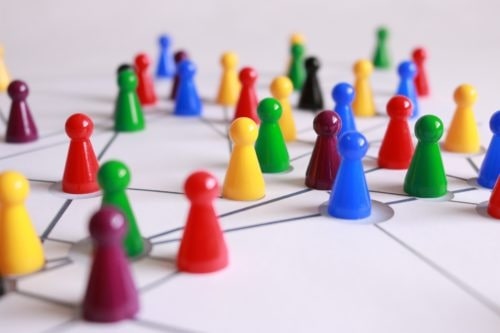


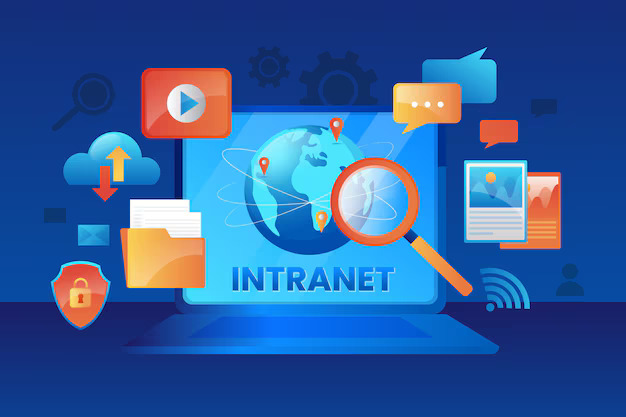
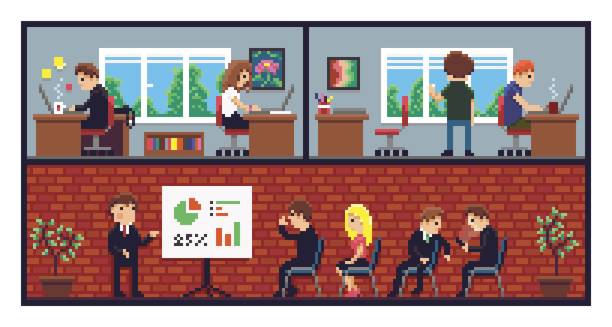

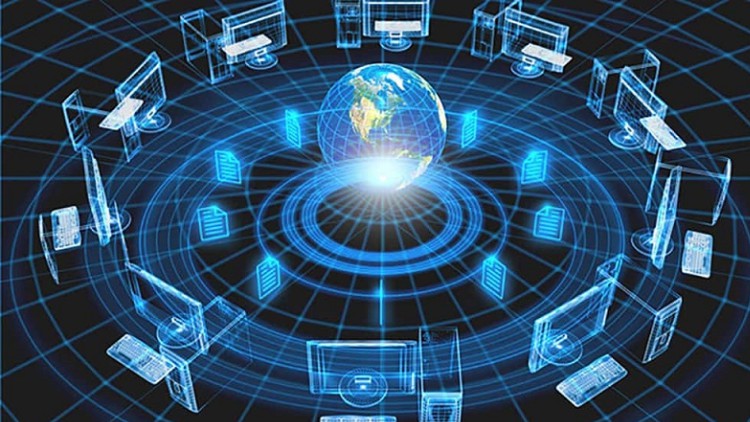

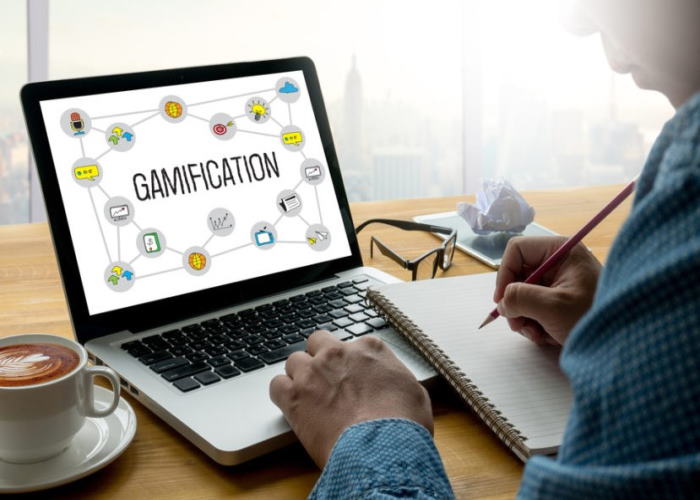

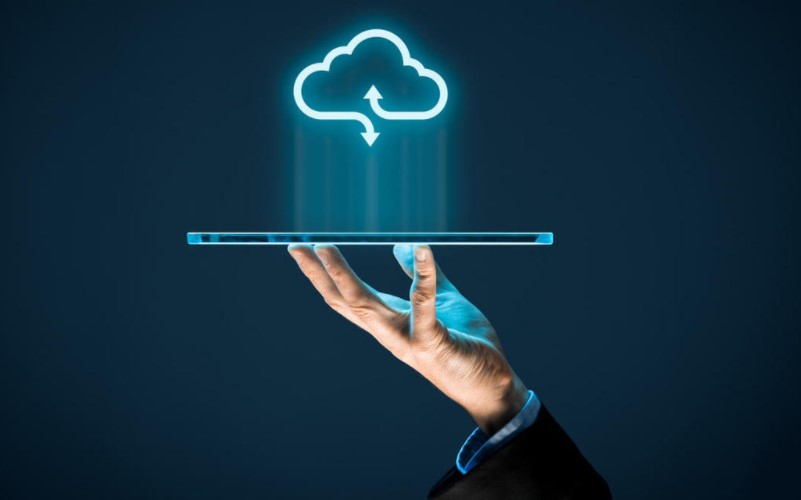

 Follow @cardiolog
Follow @cardiolog